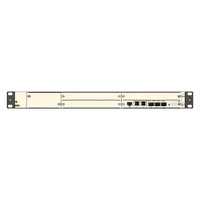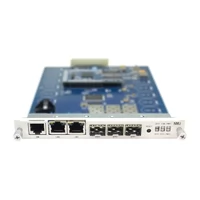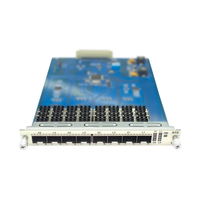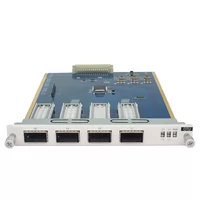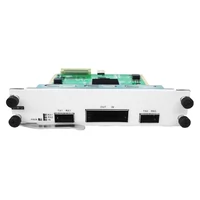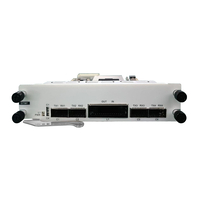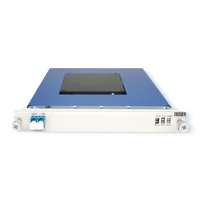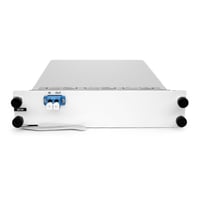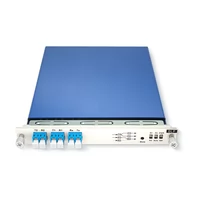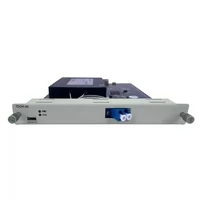WSON stands for Wavelength Switched Optical Network, which emerged with the application of ROADM (Reconfigurable Optical Division Multiplexer) technology and has rich applications.
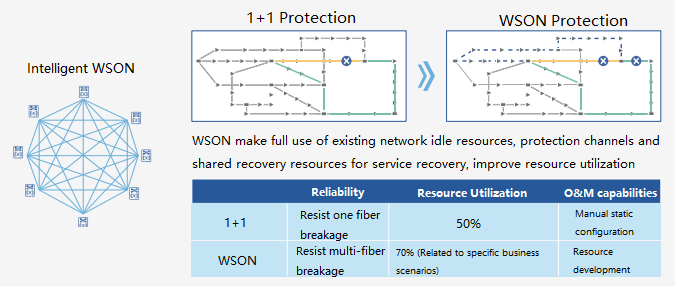
WSON technology is an early solution for optical transport network wavelength-free manual scheduling and optical layer service self-healing recovery needs, with auto-discovery, auto-connection, and auto-recovery three core capabilities to help operators build a highly reliable, easy-to-use, investment-saving optical transport network.
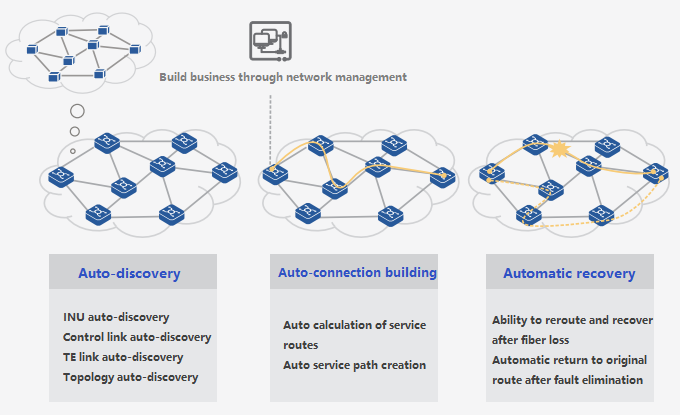
However, the early WSON was mainly a distributed architecture with the source node calculating the routing pattern and the first node responsible for calculating the service path/recovery path. At the same time, it is responsible for sending signaling messages from the first node to the last node to achieve the end-to-end establishment of service connections. Therefore, there are many shortcomings:
- Inadequate management capability of large networks.WSON is unable to support the management and control of large-scale networks because of its present architecture.
- Uncertainty in rerouting recovery time. Simultaneous recovery of different first node services and competition for resources leads to conflicts, thus making the re-routing recovery time of services unpredictable.
- Challenges of cross-origin interoperability. The variability of devices from different manufacturers makes interoperability at the physical and protocol layers of devices very difficult, requiring unified data modeling by upper-layer super control to shield the variability to achieve end-to-end network control.
Based on the development requirements of all-optical network 2.0, combined with the current challenges facing WSON, WSON technology needs to continue to develop and evolve. We named it WSON2.0. The architecture of WSON2.0 is shown in the following figure:
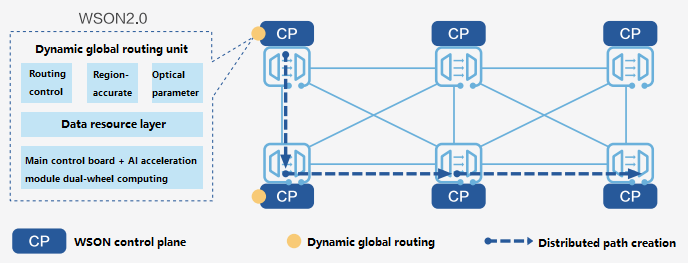
In other words, WSON 2.0 requires a model combining centralized computing and distributed connection establishment on the basis of the original distributed architecture. Centralized computing should have dynamic global computing capabilities, but each node in the network still needs to retain the existing computing capabilities, so that the entire network path computing capabilities with higher robustness.
At the same time, WSON2.0 technology should have the three characteristics of ultra-large network, certainty, and intelligence, in order to meet the challenges of the all-optical network 2.0 era.
- Ultra large network: WSON2.0 needs to have 300 ~ 1000 ROADM network elements of large network control capabilities to meet the evolution of the network needs. WSON network size increases can significantly improve the number of anti-fiber breakage networks, saving network construction costs and the number of boards, and shortening the end-to-end delay of services through one-hop direct access.
- Certainty: WSON2.0 needs to have different levels of certainty and differentiated recovery capabilities such as 30 seconds / 10 seconds / 2 seconds to meet the service reliability needs in different scenarios. The shorter the service reroute time, the higher the reliability.
- Intelligence: WSON 2.0 can be based on machine learning to achieve intelligent, digital modeling of the optical layer, through feature extraction and deep learning, balancing the whole network and local to derive the optimal solution for performance recovery. And intelligent adaptation is achieved in scenarios such as intelligent optimal tuning, health prediction, intelligent network slicing, and optoelectronic collaboration.
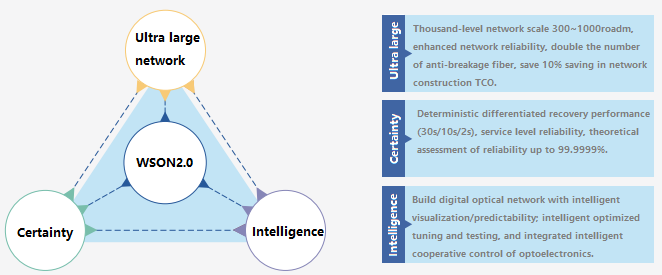
As the future all-optical network 2.0 continues to develop in automation and intelligence, WSON2.0 will also be widely used in scenarios such as cloud-network collaboration, AI deep application, rapid wavelength change, and optoelectronic collaboration. The continued evolution of WSON2.0 technology will better ensure that the all-optical network 2.0 has efficient network construction, high reliability of bearer services, and automated and flexible operation and maintenance.
Table of Contents
ToggleRelated Products:
-
 The Standard 1U Rack, Provides 4 Service Slots OEO/EDFA/OLP, 1 Fan Slot and 2 Power Slots
$310.00
The Standard 1U Rack, Provides 4 Service Slots OEO/EDFA/OLP, 1 Fan Slot and 2 Power Slots
$310.00
-
 Systematic Communication and Control Unit It Supports 2 RJ45 and 3 SFP Ports and Web or SNMP Network Control
$275.00
Systematic Communication and Control Unit It Supports 2 RJ45 and 3 SFP Ports and Web or SNMP Network Control
$275.00
-
 10G OTU(OEO) Card; Transponder, 3R Transparently Transmit 4 Channels' Service at Any Rate in 1G~11.3Gbps
$750.00
10G OTU(OEO) Card; Transponder, 3R Transparently Transmit 4 Channels' Service at Any Rate in 1G~11.3Gbps
$750.00
-
 40G/100G OTU (OEO) Service Card, Transponder, 2 Channels, Supports Four 40G QSFP+ or 100G QSFP28, with 3R System
$900.00
40G/100G OTU (OEO) Service Card, Transponder, 2 Channels, Supports Four 40G QSFP+ or 100G QSFP28, with 3R System
$900.00
-
 200G Transponder/Muxponder : 2x 100G QSFP28 to 1x 200G CFP2 DP-8QAM or DP-16QAM
$4550.00
200G Transponder/Muxponder : 2x 100G QSFP28 to 1x 200G CFP2 DP-8QAM or DP-16QAM
$4550.00
-
 400G Transponder/Muxponder : 4x 100G QSFP28 to 1x 400G CFP2 DP-16QAM and 200G DP-16QAM
$5000.00
400G Transponder/Muxponder : 4x 100G QSFP28 to 1x 400G CFP2 DP-16QAM and 200G DP-16QAM
$5000.00
-
 EDFA 40/80 Channels, C-Band Optical Amplifier Maximal Output Power +20dBm Gain 25dB Saturated Optical Power -5dBm
$1700.00
EDFA 40/80 Channels, C-Band Optical Amplifier Maximal Output Power +20dBm Gain 25dB Saturated Optical Power -5dBm
$1700.00
-
 80km DCF-based Passive Dispersion Compensation Module, 8.7dB Low Loss, LC/UPC
$1100.00
80km DCF-based Passive Dispersion Compensation Module, 8.7dB Low Loss, LC/UPC
$1100.00
-
 Optical Line Protection (OLP) Unit 1+1 Line Protection, Double Ends Transmission Selected Reception Single End Switching Time Delay is Less Than 20mms
$450.00
Optical Line Protection (OLP) Unit 1+1 Line Protection, Double Ends Transmission Selected Reception Single End Switching Time Delay is Less Than 20mms
$450.00
-
 C-band Tunable Dispersion Compensation Module (TDCM) ,Compensation Length ±40km,1U Machine frame,AC or DC power supply
$3669.00
C-band Tunable Dispersion Compensation Module (TDCM) ,Compensation Length ±40km,1U Machine frame,AC or DC power supply
$3669.00

